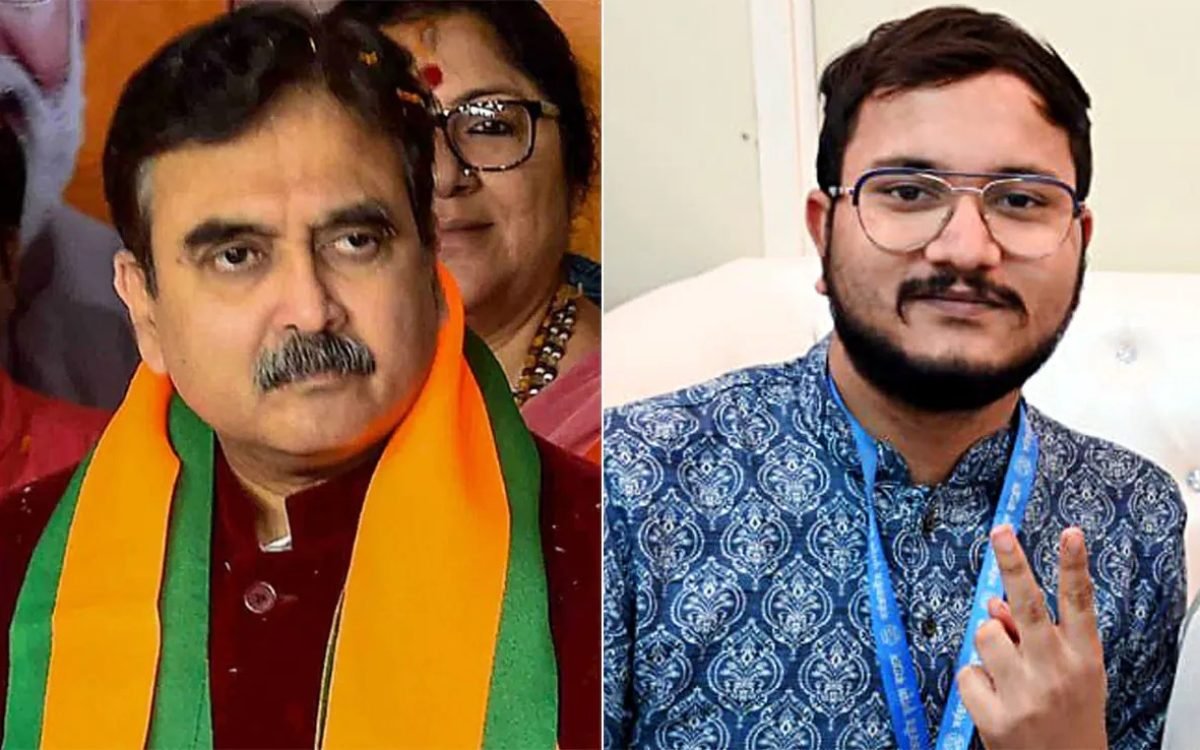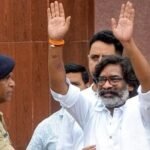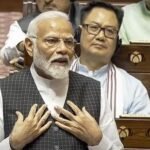The upcoming Lok Sabha elections in Bengal are marked by intense contests, none more captivating than the fight for the Tamluk seat. In this electoral battleground, the Bharatiya Janata Party (BJP) has nominated former Calcutta High Court judge Abhijit Gangopadhyay, while the Trinamool Congress has put forth its young leader and head of its social media cell, Debangshu Bhattacharya.
Abhijit Gangopadhyay, a prominent figure known for his strong observations and directives during his tenure as a judge, made headlines in 2021 for his involvement in the investigation of alleged irregularities in teacher recruitment by the West Bengal School Service Commission. However, his recent transition from the judiciary to politics has sparked controversy, with the Trinamool Congress accusing him of partisan motives behind his previous rulings.
The criticism against Gangopadhyay intensified after his defection to the BJP, prompting Trinamool chief Mamata Banerjee to openly denounce him as a “BJP babu” who had wielded influence from the bench. Banerjee vowed to ensure his defeat in the elections, citing grievances over his alleged role in denying job opportunities to students. She even threatened to field students against him, underscoring the charged atmosphere surrounding Gangopadhyay’s entry into electoral politics.
In response to the escalating tension, the BJP officially announced Gangopadhyay as its candidate for the Tamluk seat, setting the stage for a contentious showdown. The Trinamool, anticipating Gangopadhyay’s candidacy, strategically fielded Debangshu Bhattacharya, a 27-year-old emerging leader, to challenge the seasoned former judge.
The clash between Gangopadhyay and Bhattacharya symbolizes more than just a political rivalry; it represents a clash of generations, ideologies, and aspirations. While Gangopadhyay brings experience and legal acumen to the table, Bhattacharya embodies youthful energy and the promise of change. Their electoral duel is poised to capture the attention of voters and observers alike, shaping the political landscape of Tamluk and beyond.
As the campaign heats up and rhetoric intensifies, the people of Tamluk find themselves at the center of a crucial decision-making process. They must weigh the credentials, promises, and visions put forth by both candidates before casting their votes. The outcome of this electoral battle will not only determine the representative for Tamluk but also send a message about the evolving dynamics of Bengal’s political arena.
In the end, amidst the cacophony of political maneuvering and rhetoric, it is the voice of the people that will resonate loudest, shaping the destiny of Tamluk and shaping the course of Bengal’s political future.









